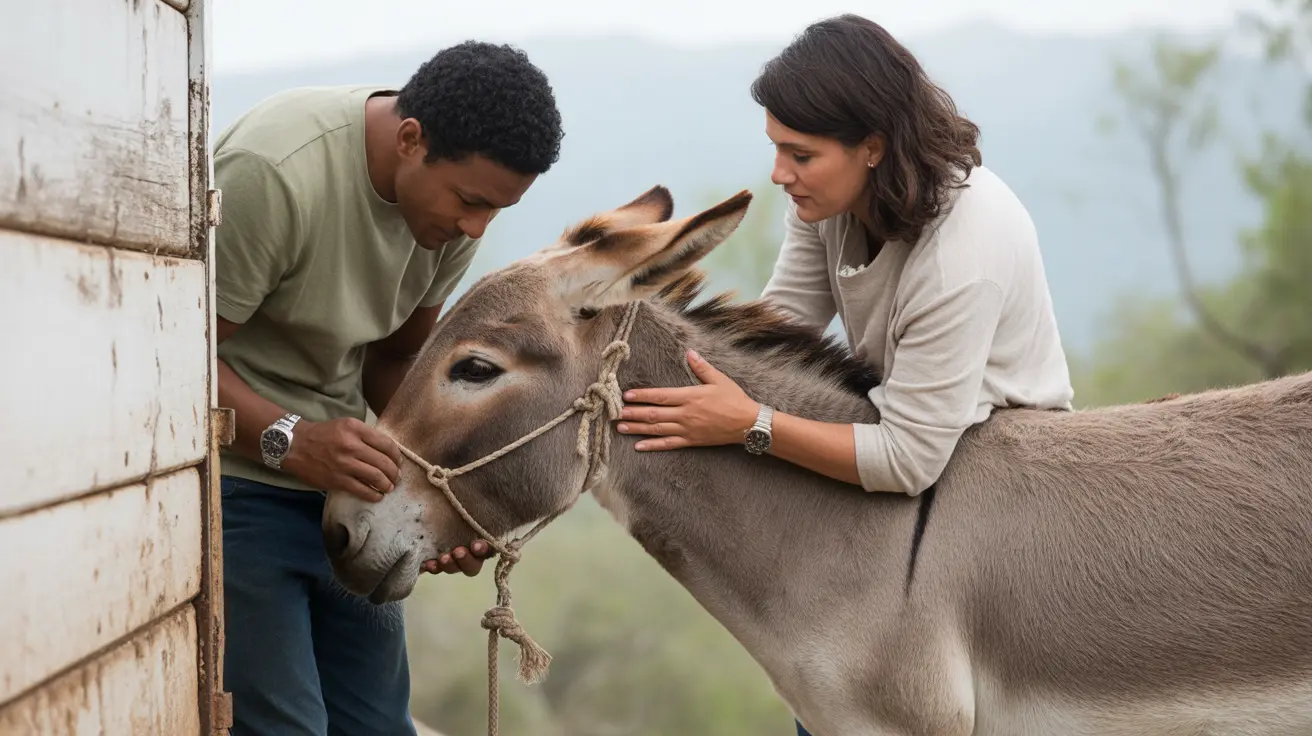Current Shelter Intake Statistics
The rising number of pet surrenders has become a primary concern for shelter management teams. While specific numbers vary by region, facilities are consistently reporting higher intake rates compared to their maximum capacity limits. This influx creates significant challenges for staff and resources.
Understanding Pet Surrender Reasons
- Housing restrictions and landlord policies
- Financial constraints
- Changes in family circumstances
- Behavioral challenges with pets
Impact on Shelter Operations
The imbalance between intake and adoption rates has forced many facilities to adapt their operations. Shelters must carefully manage their resources while maintaining proper care standards for an increasing number of animals.
Solutions and Community Support
- Enhanced adoption promotion programs
- Foster care network expansion
- Community education initiatives
- Partnerships with other animal welfare organizations
Best Ways to Support Local Shelters
Communities can help address this crisis through several meaningful actions:
- Considering adoption instead of purchasing pets
- Volunteering time and resources
- Spreading awareness about available animals
- Supporting spay/neuter programs
- Making donations to support operational costs
Frequently Asked Questions
Why are animal shelters overcrowded right now, and is this a national problem?
The overcrowding issue is indeed a national challenge, with shelters across the country experiencing similar patterns of increased surrenders and slower adoption rates. This trend is particularly evident in regions like Montour Falls, where shelter capacity is being stretched to its limits.
What are the main reasons people surrender pets to shelters in the U.S.?
Common reasons for pet surrender include housing restrictions, financial challenges, and changes in family circumstances. These factors have become more prominent in recent times, contributing to the current shelter capacity crisis.
How can I help reduce shelter overcrowding and support local animal shelters?
There are several effective ways to help:
- Consider adoption when looking for a new pet
- Volunteer at local shelters
- Share adoption listings on social media
- Support spay/neuter initiatives
- Make donations to help with operational costs
Looking Forward
The animal shelter overcrowding crisis of 2025 requires a community-wide response. While shelters continue to work tirelessly to manage increasing intake numbers, success depends on public awareness and support. By understanding these challenges and taking action to help, communities can work together to ensure better outcomes for shelter animals.
Remember, every contribution matters in addressing this crisis, whether through adoption, volunteering, or supporting local shelter initiatives. Together, we can work toward reducing shelter overcrowding and creating positive changes in animal welfare.






